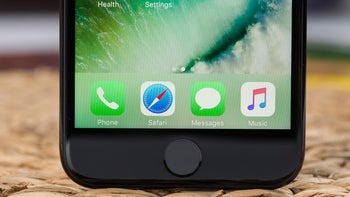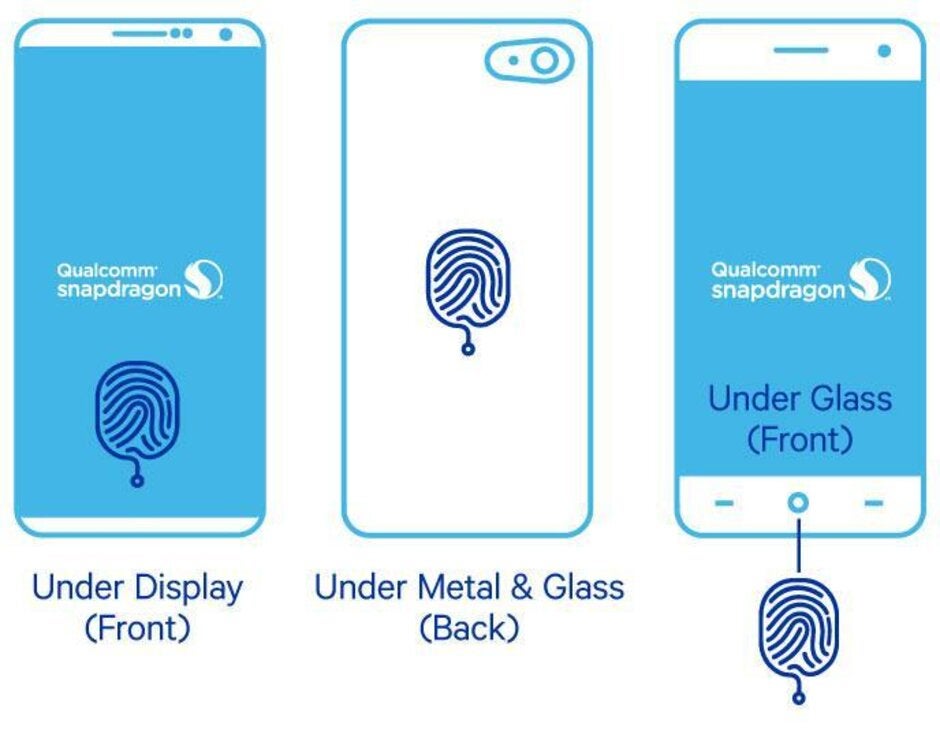Apple reportedly plans on bringing back a more secure Touch ID for the iPhone

To reduce the size of the bottom bezel on 2017's Apple iPhone X, the Touch ID fingerprint scanner was removed and replaced by the Face ID secure facial recognition system. Using structured lighting, a pattern is overlayed on a subject using infrared projectors and cameras note where the pattern is distorted. This depth information allows the TrueDepth Camera to create a 3D map of the user's face in order to verify his or her identity.
The last Apple iPhone models to feature Touch ID were the iPhone 8 and iPhone 8 Plus. Since then, the 2018 and 2019 iPhones have all featured Face ID even though there is a contingent of iPhone users who would prefer to have Touch ID back. And now that appears to be in the cards starting with the 2020 or 2021 iPhones. Back in May, an analyst toiling over at Barclays visited Apple's supply chain and came away from his visit convinced that Apple will employ an in-display, acoustic fingerprint scanner on next year's handsets. The company had received a patent for this technology, which converts audio signals into code representing a user's fingerprints. Acoustic transducers could be placed all around the edge of the screen allowing the user to have his fingerprints read by tapping anywhere on the display.
Today, a report from Taiwan's Economic Daily News (via MacRumors) reveals that Apple plans on meeting with touchscreen manufacturer GIS next week. The agenda is believed to include a discussion about equipping at least one iPhone with an under-display fingerprint scanner as soon as next year. The Touch ID reboot would not use the less secure optical technology used on lower-priced phones. The latter matches 2D images of fingerprints to unlock a handset and verify mobile payment info. Instead, the gang in Cupertino would call on their fair-weather friends in San Diego, Qualcomm. The chipmaker created an ultrasonic biometric reader that uses high-frequency ultrasonic sound to create a 3D image of a user's fingerprints. This is more secure than the optical version; Qualcomm says that its ultrasonic fingerprint scanner has a lag of 250 milliseconds and an error rate of 1%. Both are in line with the capacitive readers that are still widely used today which means that the advantage of using ultrasonic technology is with its enhanced security. 3D images are harder to manipulate and trick than both capacitive and optical scanners.
Apple hopes to include a full-screen ultrasonic in-display fingerprint scanner with the iPhone as soon as next year
Qualcomm's ultrasonic in-display fingerprint scanner is currently found on the Samsung Galaxy S10, Galaxy S10+ along with all of the Galaxy Note 10 models. And there have been complaints from users that the technology is not as smooth as it should be when it comes to unlocking these devices and verifying purchases made using Samsung Pay. Unlike the version found in Sammy's flagship phones which covers a certain portion of the display, Apple is looking to implement a full-screen solution. And with perfect timing, Qualcomm announced today that it has come up with a new in-display scanner that covers 17 times more surface area than the one used by the Galaxy S10.

When Touch ID returns, it will reportedly use ultrasonic in-display technology supplied by Qualcomm
The ultrasonic in-display fingerprint scanners only work on AMOLED displays. But that might not give us a definitive answer about which models are expected to receive this feature since it is expected that the iPhone 12, iPhone 12 Pro and iPhone 12 Pro Max will all sport OLED panels next year. Apple is planning a major redesign for 2020 with some or all of the new models supporting 5G. With consumers eager to purchase iPhones that can run at speeds up to 10 times faster than 4G, the company hopes to ship 100 million units next year.










Things that are NOT allowed: